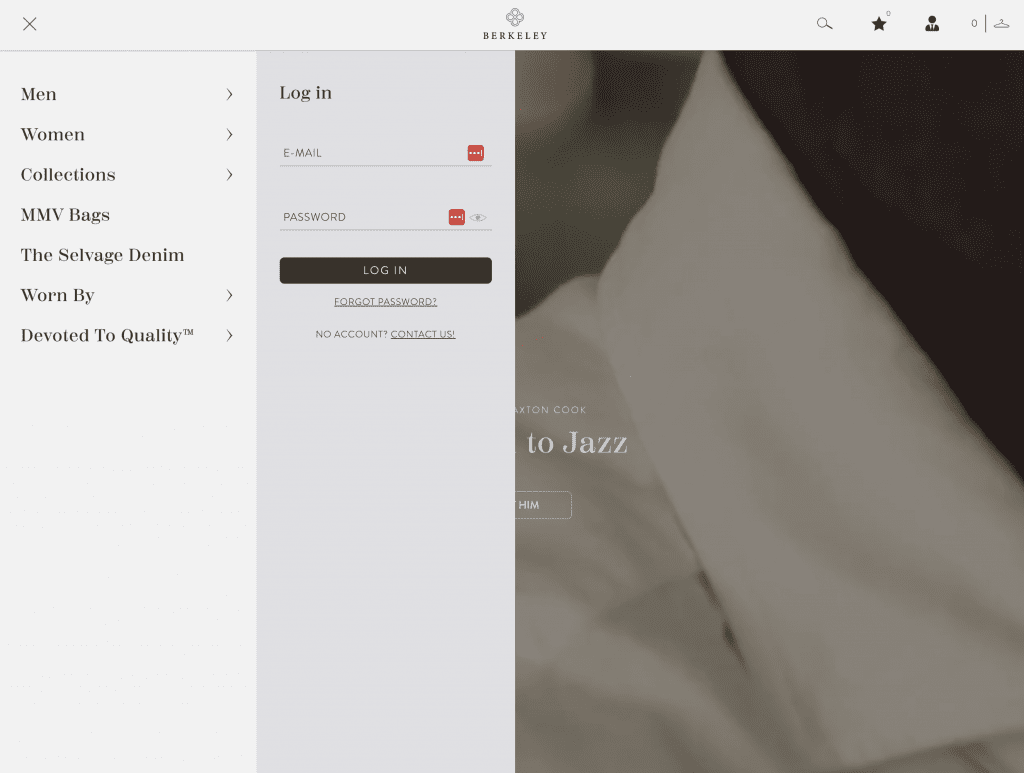The integration of an ERP (Enterprise Resource Planning) solution into Berkeley’s business strategy was a carefully considered and strategic decision aimed at achieving several crucial objectives. By doing so, Berkeley has positioned itself to reap substantial benefits in terms of operational efficiency, precision, and its competitive edge within the online business landscape. Here’s a closer look at why this integration is so significant for Berkeley:
1. Operational Efficiency: ERP integration has enabled Berkeley to streamline its day-to-day operations. It means that various core business processes, such as managing inventory, processing orders, and handling financial transactions, are now more efficient and less prone to errors. This newfound efficiency translates into saved time and resources, allowing Berkeley to focus on other critical aspects of its business.
2. Real-time Data Synchronization: One of the standout advantages of this integration is the ability to synchronize data in real-time between different systems. This means that Berkeley can maintain up-to-the-minute accuracy in terms of inventory levels, product information, pricing, and the status of customer orders. Customers are no longer left guessing about stock availability, and the risk of overselling is greatly reduced.
3. Efficient Order Management: Thanks to the ERP system, Berkeley can optimize its order processing workflows. This translates into faster order fulfillment and shipping, ultimately improving the overall customer experience. Prompt deliveries enhance customer satisfaction and can even lead to repeat business.
4. Inventory Optimization: Managing inventory effectively is a critical aspect of e-commerce success. With the ERP integration, Berkeley can fine-tune its inventory management. This results in reduced carrying costs, minimized risks of overstocking or understocking, and efficient use of warehouse space.
5. Scalability: As Berkeley’s business grows, so can its ERP system. This scalability is invaluable because it allows the company to adapt to changes in market demand and easily expand its operations. As the business expands, the ERP system scales accordingly, ensuring a seamless growth trajectory.
6. Personalized Customer Experience: An integrated ERP system stores detailed customer information and purchase history. This wealth of data enables Berkeley to provide personalized experiences for its customers. Recommendations based on past purchases and targeted promotions contribute to a more engaging and satisfying customer journey.
In summary, the integration of an ERP solution into Berkeley’s operations is a strategic move that positions the company for growth and success in the highly competitive world of online business. It empowers Berkeley to optimize its internal processes, enhance the customer experience, and achieve operational excellence. Through streamlined operations, real-time data synchronization, efficient order management, inventory optimization, and scalability, Berkeley is better equipped to meet the demands of its customers and stay ahead in the dynamic e-commerce landscape.






